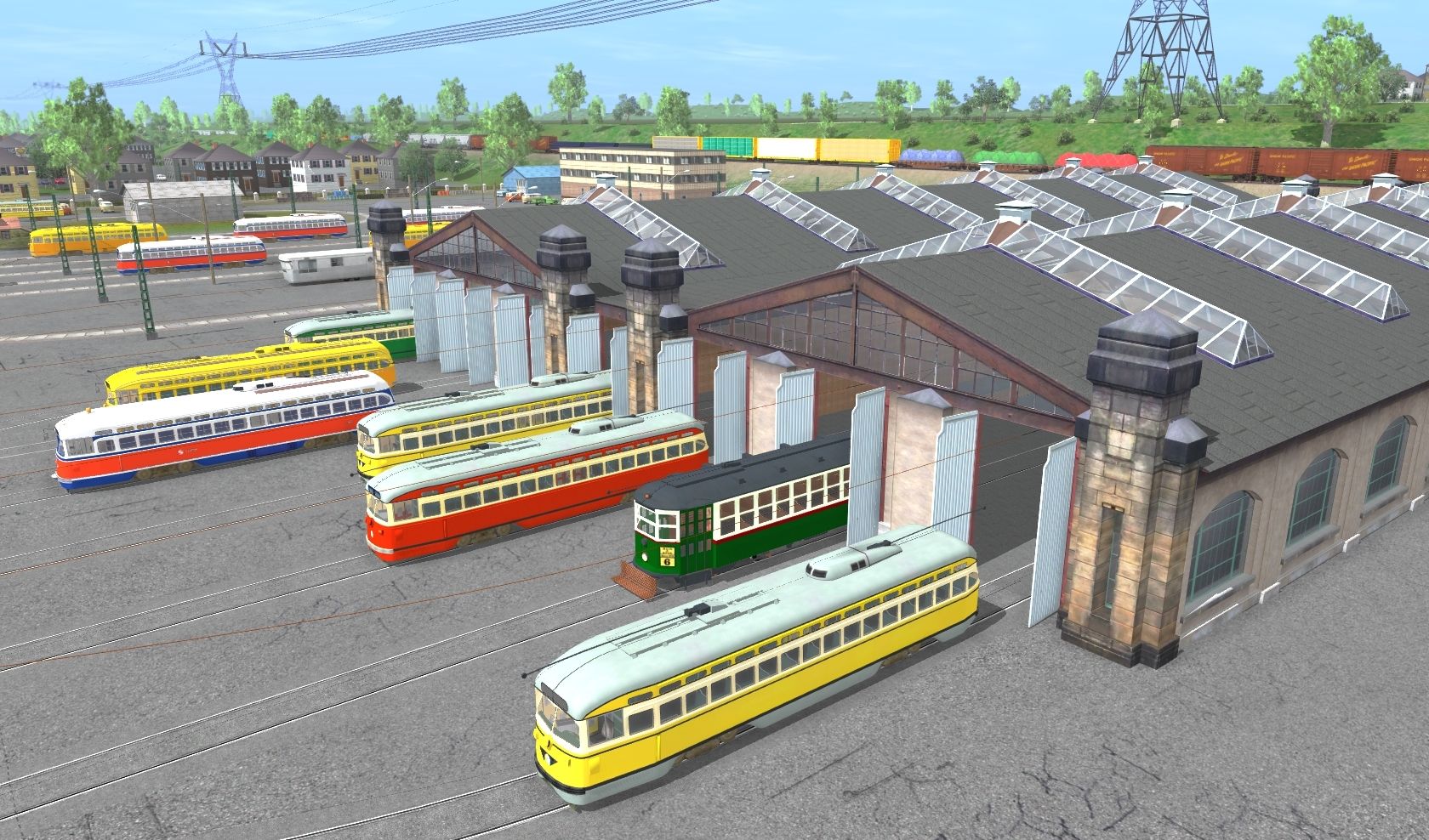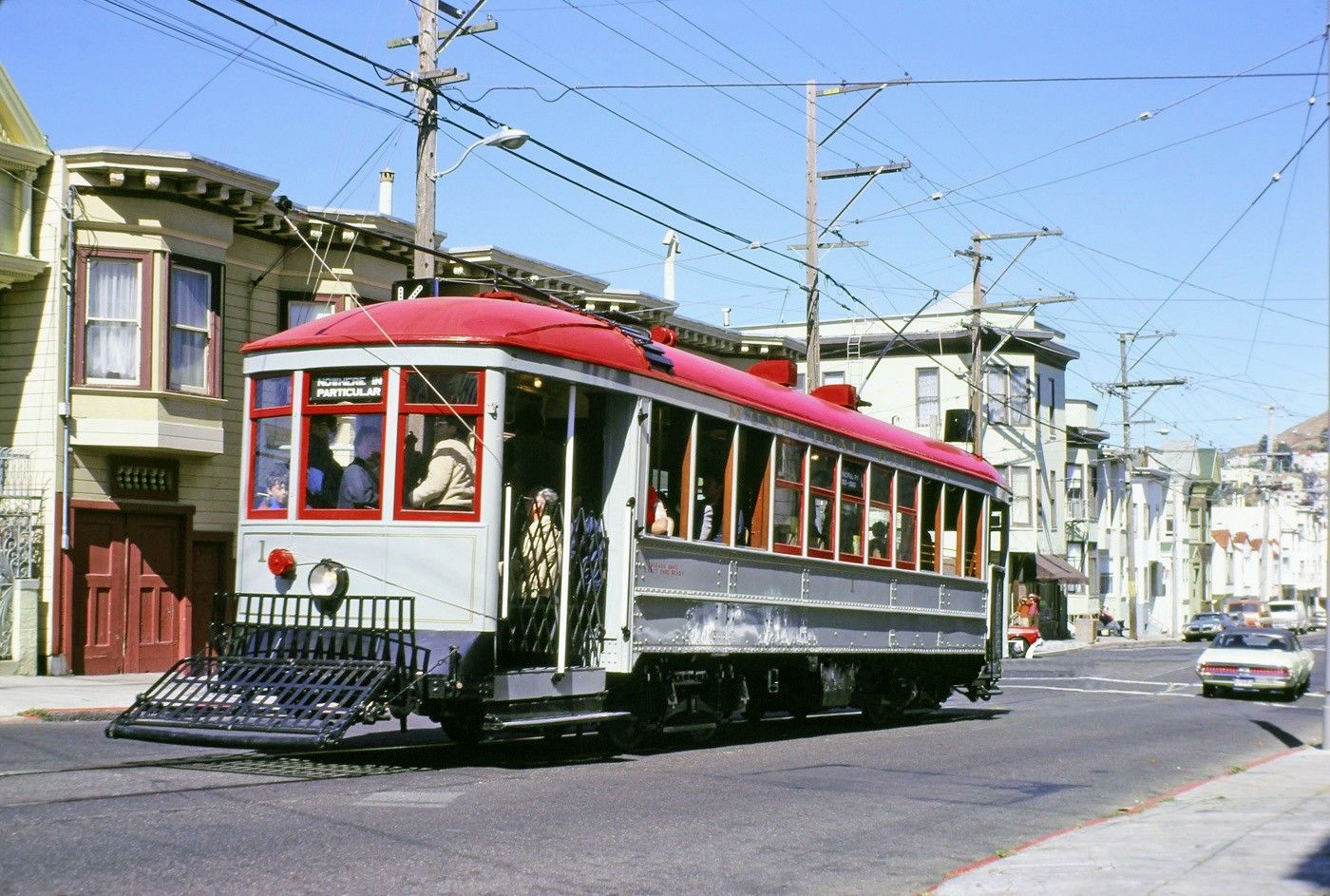Leverettrailfan
New member
I happened upon a screenshot from this thread which leaves me very curious. I'm a massive traction fan, and native to Massachusetts, so naturally I've been keen on Trainz Boston transit equipment (of which there isn't much). Now, from what I can tell, amidst tume's PCCs, there's a streetcar which looks like an absolute dead-ringer for a Boston Elevated Railway Type 5 semi-convertable car.

Seems to be in an early livery, from before the classic cream and tangerine was adopted.
Is this one of tume's works [the model, not the route]? If not, does anyone know who created it, and if they've made it available to others?
Any help would much appreciated, it looks like a stunning model and up until now I thought they'd never been done in Trainz!

(Side note: I am familiar with lrv3400's models of the Boeing SLRV and MBTA Type 7- with no offense to the effort that went into the models, they are looking rather dated, and lack things like interiors and changeable rollsigns. I saw some screenshots of someone's Trainz models of the Type 7 which had been given interiors and roll signs, but to date I've been unable to learn anything about who made them, or when they were made! All I know is they look stunning)

Seems to be in an early livery, from before the classic cream and tangerine was adopted.
Is this one of tume's works [the model, not the route]? If not, does anyone know who created it, and if they've made it available to others?
Any help would much appreciated, it looks like a stunning model and up until now I thought they'd never been done in Trainz!
(Side note: I am familiar with lrv3400's models of the Boeing SLRV and MBTA Type 7- with no offense to the effort that went into the models, they are looking rather dated, and lack things like interiors and changeable rollsigns. I saw some screenshots of someone's Trainz models of the Type 7 which had been given interiors and roll signs, but to date I've been unable to learn anything about who made them, or when they were made! All I know is they look stunning)


